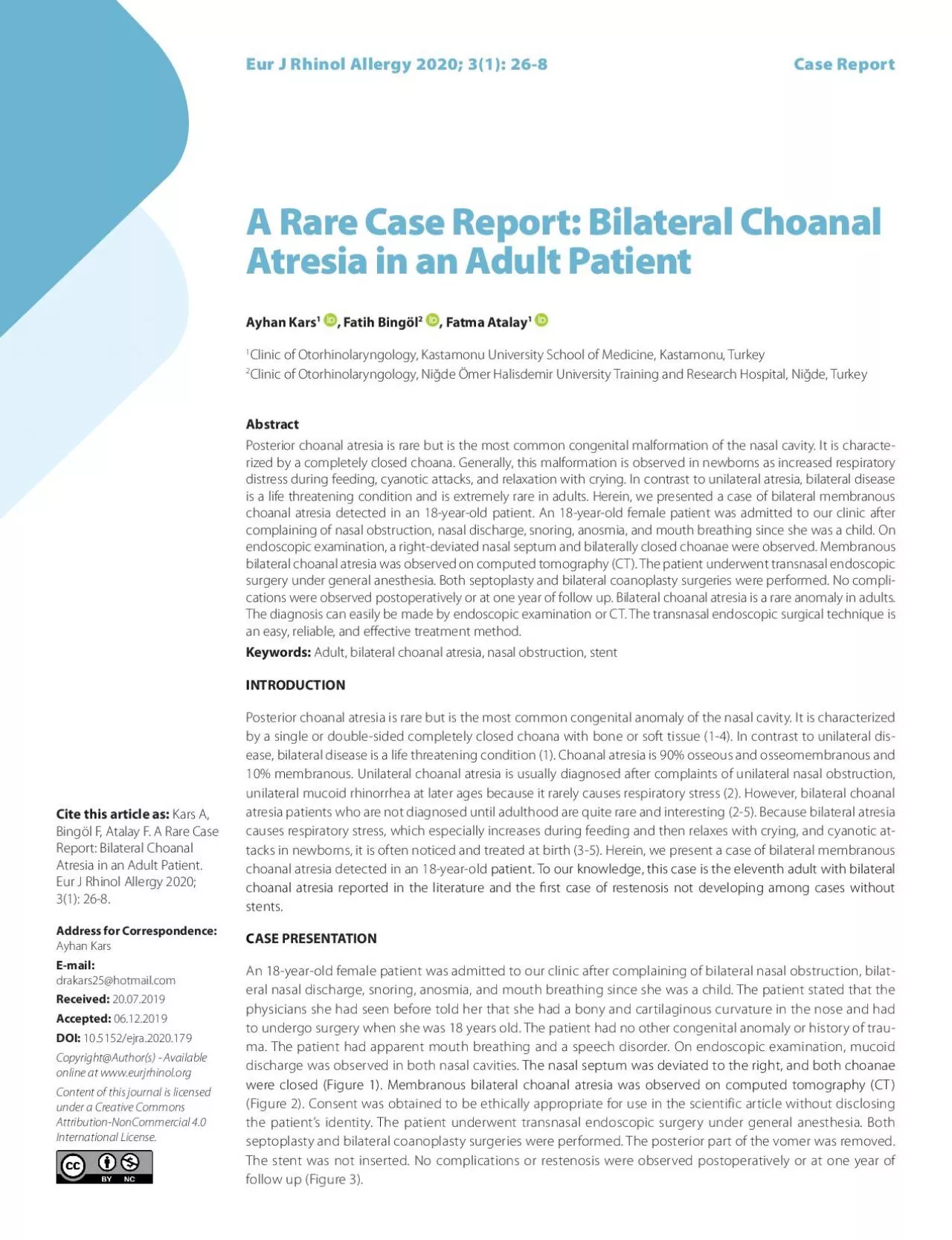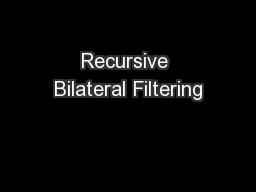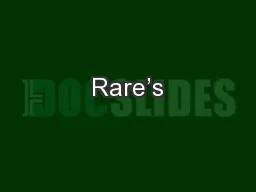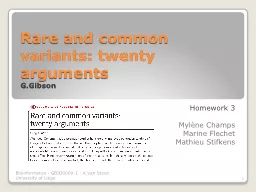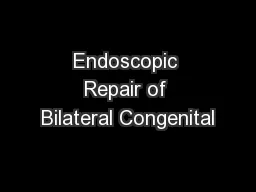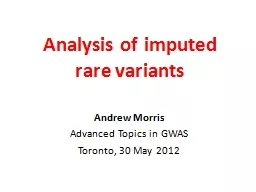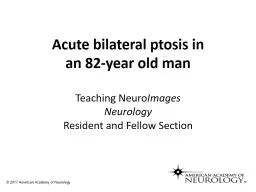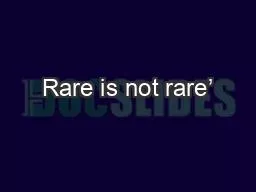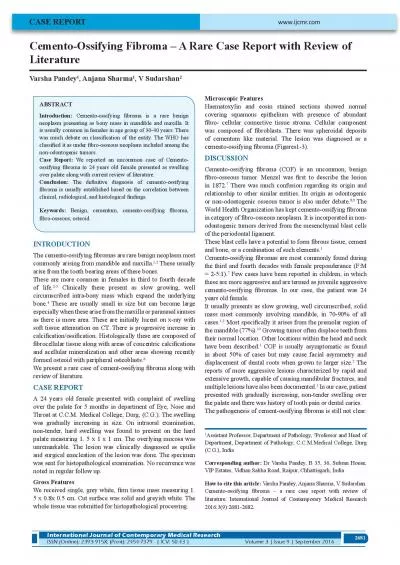PDF-A Rare Case Report Bilateral Choanal
Author : isabella | Published Date : 2022-08-22
Atresia in an Adult Patient Ayhan Kars 1 Fatih Bingöl 2 Fatma Atalay 1 Address for Correspondence Ayhan Kars Email drakars25hotmailcom 20072019 Accepted 06122019 DOI
Presentation Embed Code
Download Presentation
Download Presentation The PPT/PDF document "A Rare Case Report Bilateral Choanal" is the property of its rightful owner. Permission is granted to download and print the materials on this website for personal, non-commercial use only, and to display it on your personal computer provided you do not modify the materials and that you retain all copyright notices contained in the materials. By downloading content from our website, you accept the terms of this agreement.
A Rare Case Report Bilateral Choanal: Transcript
Download Rules Of Document
"A Rare Case Report Bilateral Choanal"The content belongs to its owner. You may download and print it for personal use, without modification, and keep all copyright notices. By downloading, you agree to these terms.
Related Documents

